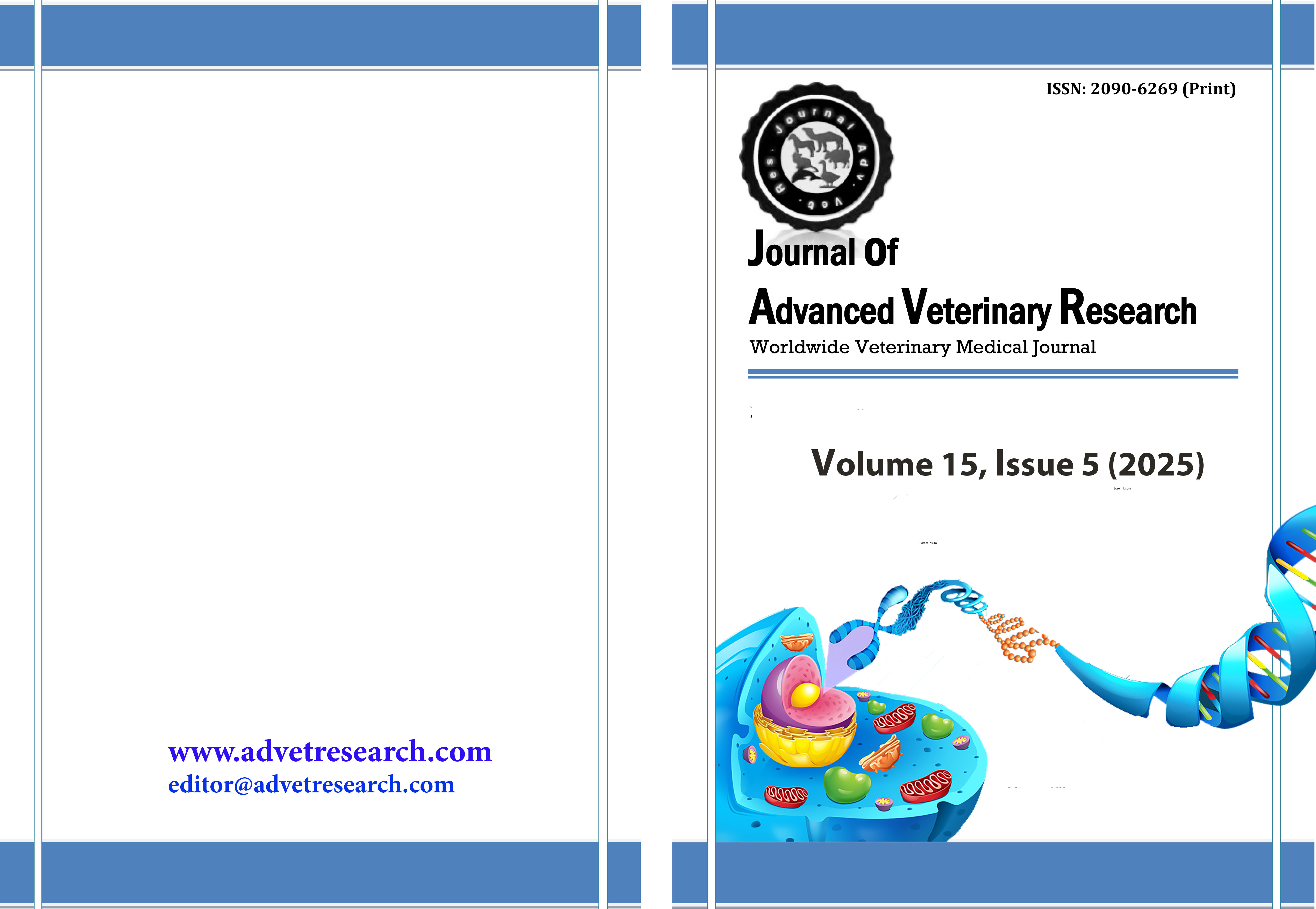Bioactive potential of okra (Abelmoschus esculentus l. Moench) as a feed additive in poultry: A mini review
Keywords:
Antioxidant, Broiler chickens, Immunomodulator, Laying hens, PhytobioticsAbstract
The global poultry industry has been challenging due to the ban on the use of antibiotic growth promoters (AGPs) and the increasing consumer demand for safe and environmentally friendly natural feed. Okra (Abelmoschus esculentus L. Moench) is a potential feed additive candidate because of its high levels of bioactive compounds, such as polyphenols, flavonoids, polysaccharides, and phytosterols, which exhibit antioxidant, antimicrobial, hypolipidemic, and immunomodulatory activities. This mini-review summarizes the latest in vivo research findings on okra supplementation in broiler chickens and laying hens. Among the eight publications analyzed, okra supplementation at low to moderate doses (1–2 g/kg fruit powder, 1–2% seed powder, or 2–5% leaf flour) consistently improved the growth performance, feed efficiency, carcass quality, lipid metabolism, antioxidant status, and gut microbiota balance in broilers. In laying hens, okra supplementation was found to increase egg production and yolk and shell quality, and reduce egg cholesterol levels, primarily mediated by phytoestrogenic and antioxidant activities. Although these results are promising, available research data remain limited and vary in terms of plant parts, processing methods, and supplementation levels. Therefore, standardization, long-term research, and molecular mechanism studies are needed to ensure the effectiveness and safety of okra as a natural feed additive to replace AGP in sustainable poultry farming.
Downloads
Published
How to Cite
Issue
Section
License
Copyright (c) 2025 Journal of Advanced Veterinary Research

This work is licensed under a Creative Commons Attribution-NonCommercial-NoDerivatives 4.0 International License.
Users have the right to read, download, copy, distribute, print, search, or link to the full texts of articles under the following conditions: Creative Commons Attribution-NonCommercial-NoDerivatives 4.0 International (CC BY-NC-ND 4.0).
Attribution-NonCommercial-NoDerivs
CC BY-NC-ND
This work is licensed under a Creative Commons Attribution-NonCommercial-NoDerivatives 4.0 International (CC BY-NC-ND 4.0) license




